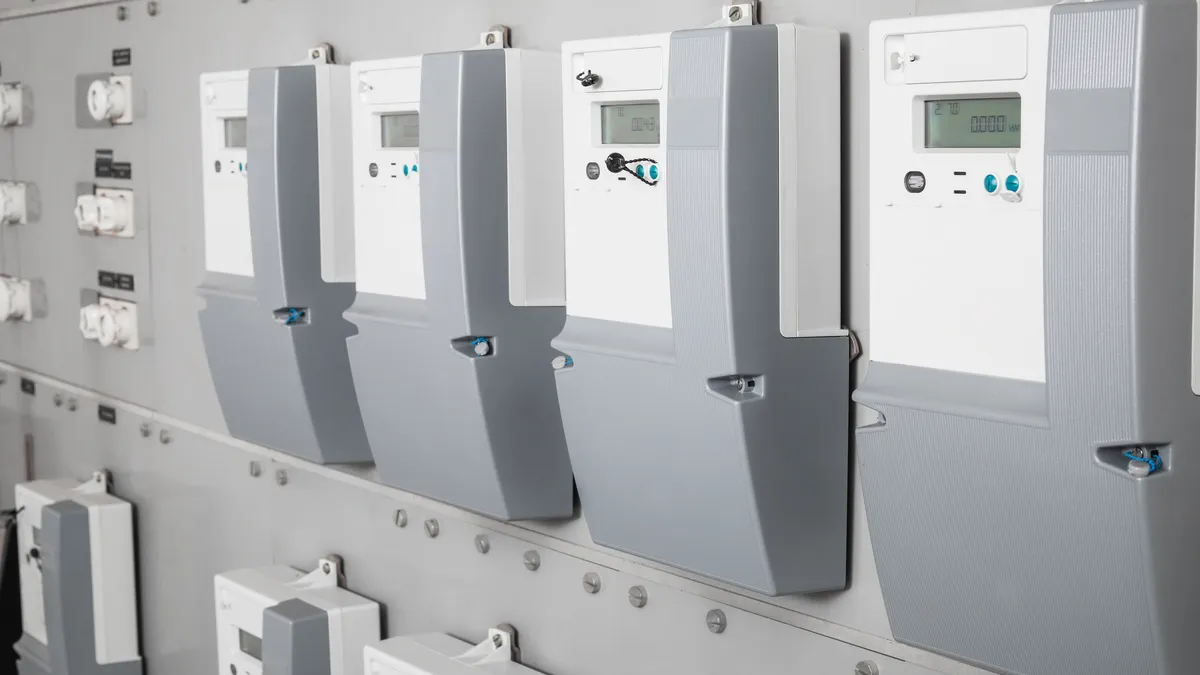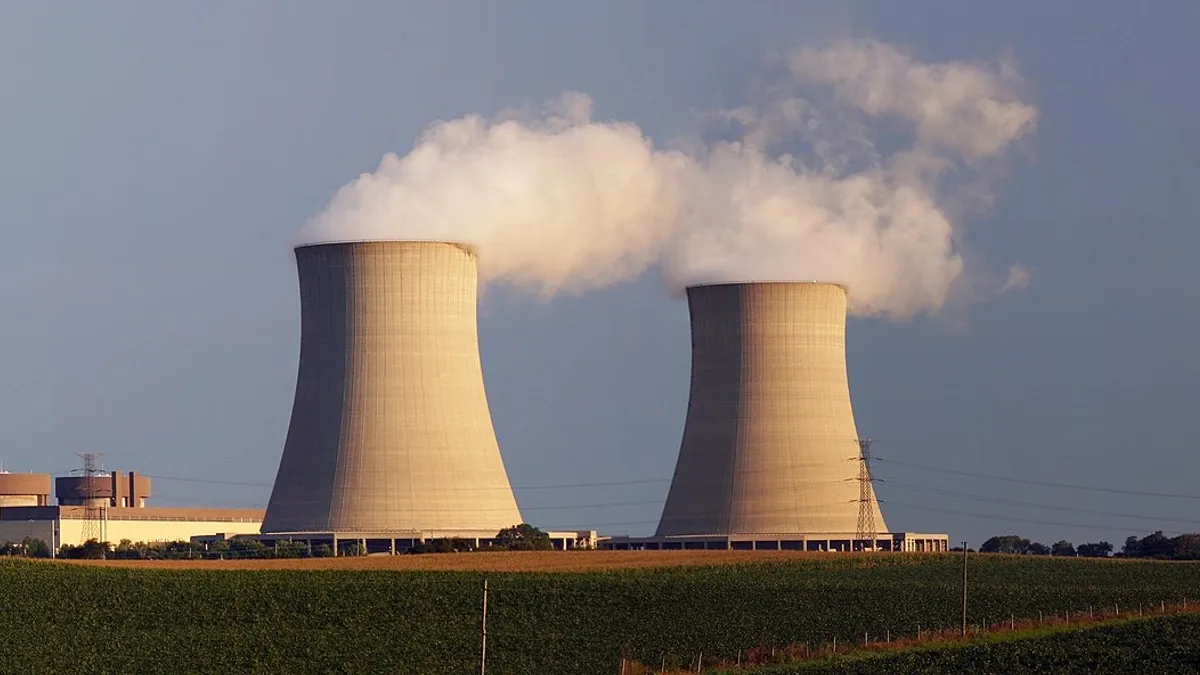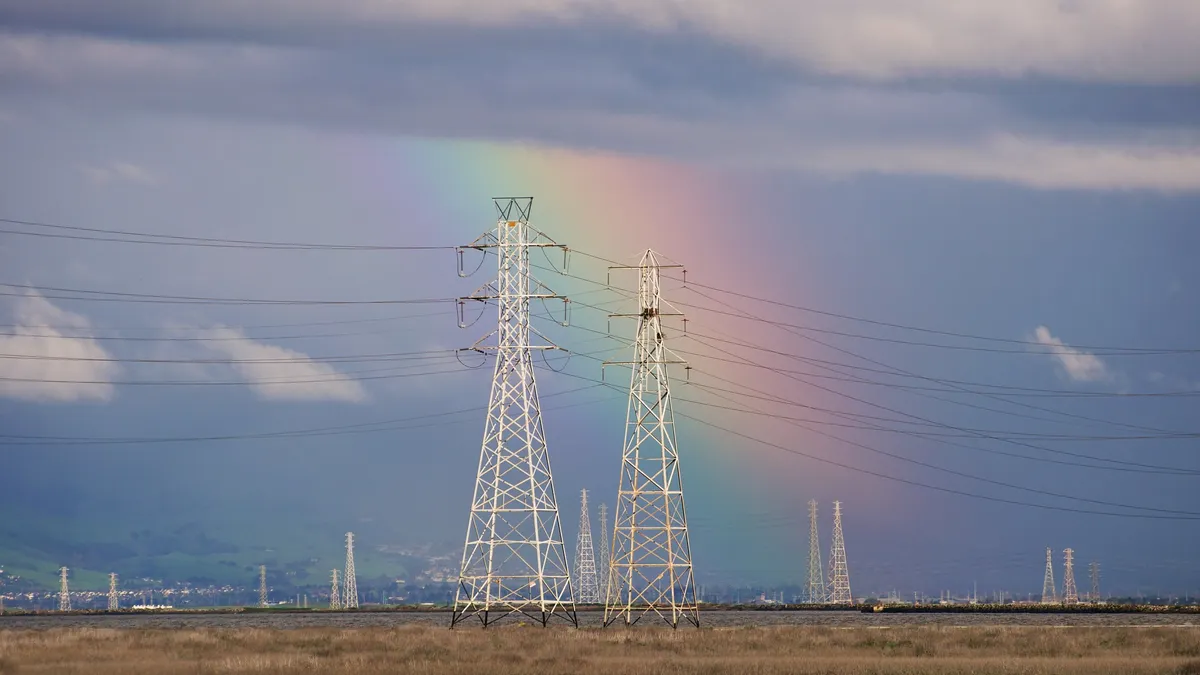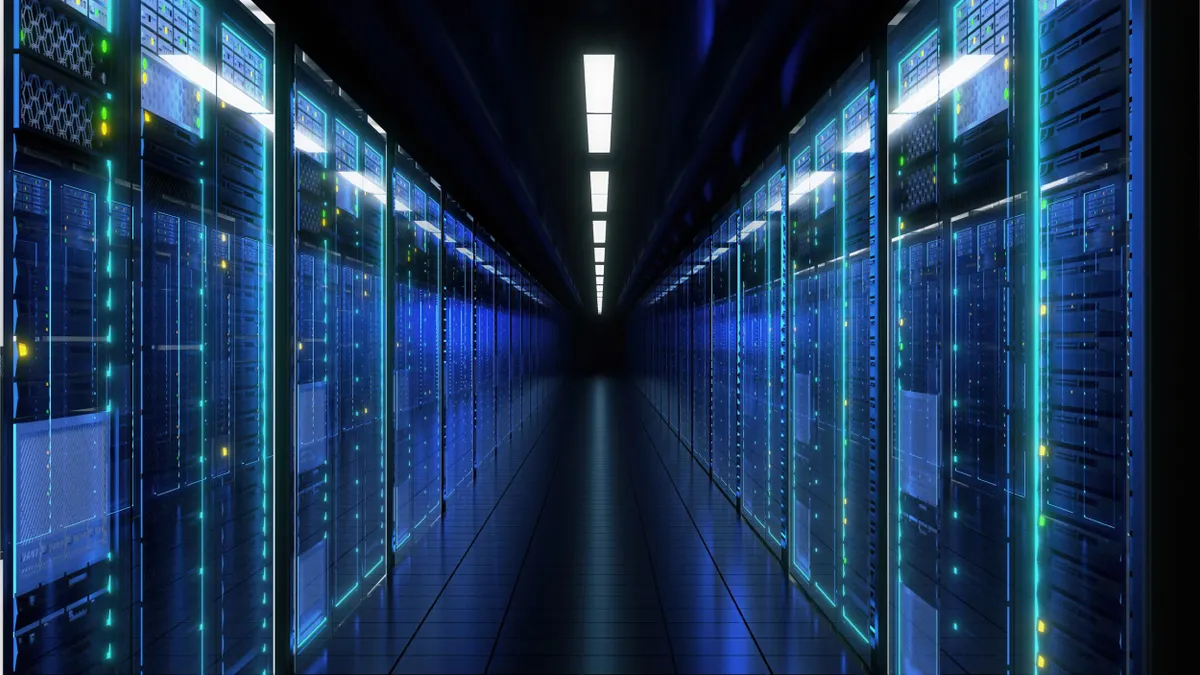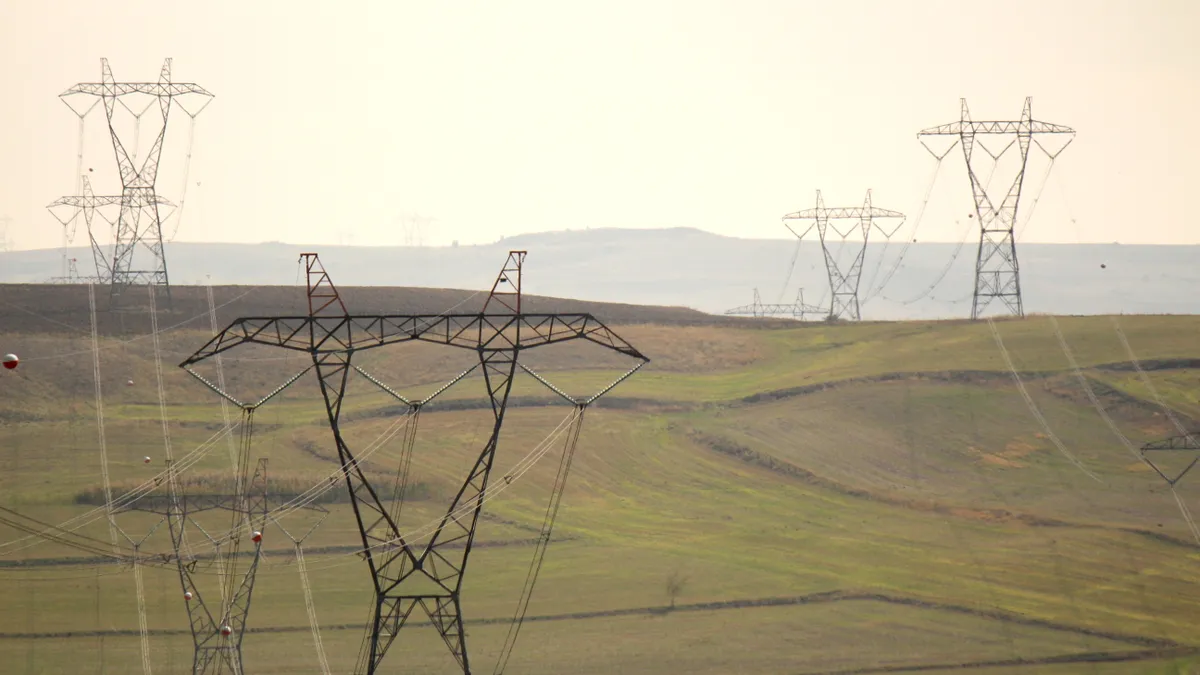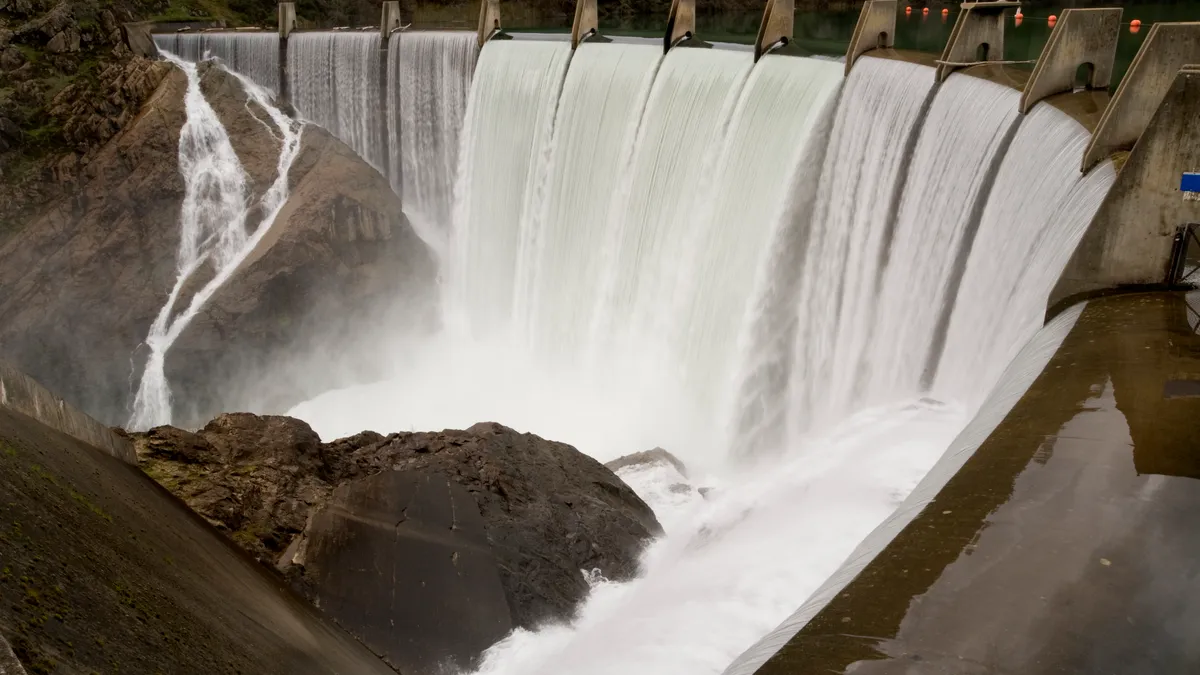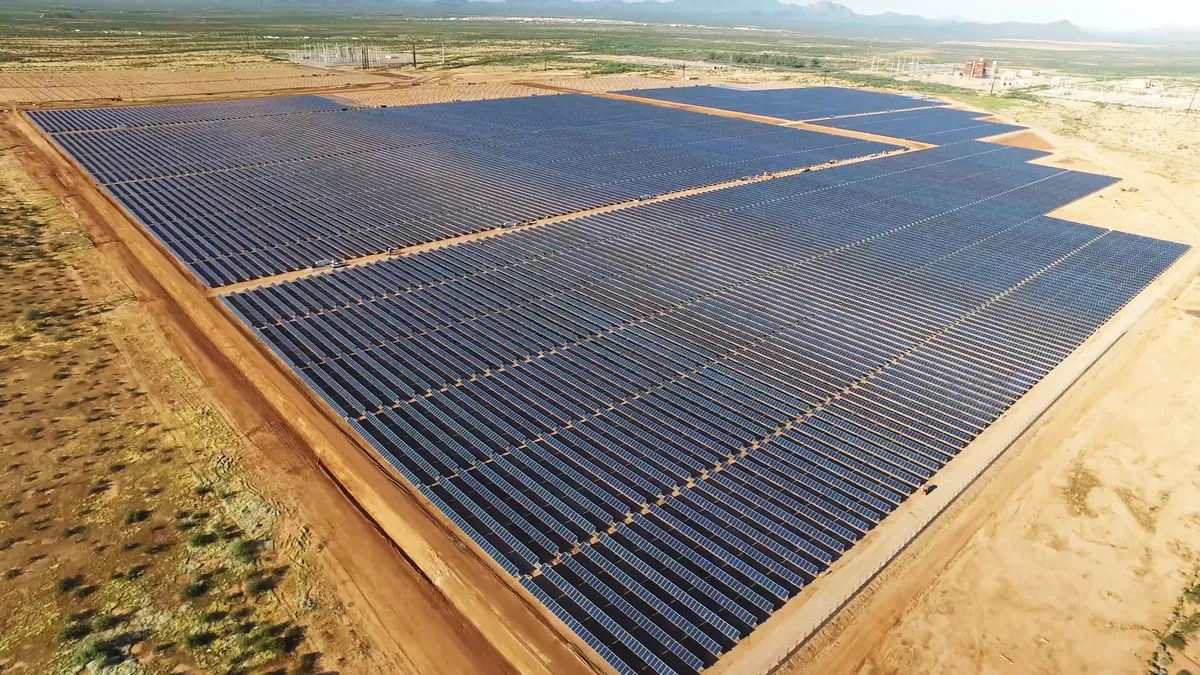The 2010s saw the concept of the "utility death spiral" — the idea that improvements in distributed technology like rooftop solar and behind-the-meter battery (BTM) storage will make the electric utility business model increasingly irrelevant — become commonplace.
Throughout the decade, there were fierce policy debates between advocates of distributed energy resources (DERs), for whom the role of the utility cannot change fast enough, and those who caution that DERs like rooftop solar can create challenges and costs that need to be carefully managed by utilities.
But as the conversation over the best way to regulate these technologies was happening, distributed energy kept growing. The sheer number of customers adopting things like rooftop solar, batteries to store the energy generated by their panels, and electric vehicles is forcing utilities to get on board.
"With the proliferation of technology, the adversarial component will diminish. The utilities will say this can be economical for us too," Whit Johnson, an attorney with Stoel Rives who works with companies developing technology to manage DERs, told Utility Dive. "It makes economic sense to use this store of energy that is already there on the rooftops and in the garages of millions of customers."
Now, in states from New York to California, the focus of the conversation has moved from: How can utilities weather the shift toward distributed energy without suffering big losses? to: How can utilities, their customers and the electric grid as a whole best harness the benefits of DERs?
Going into 2020, a big question at state legislatures and regulatory commissions is: "How do you derive more value from this technology? Not just value for the customer, but for the grid," Advanced Energy Economy Managing Director Ryan Katofsky told Utility Dive.
While some states have already been grappling with this question for a few years, such as New York with its Reforming the Energy Vision strategy, other states, such as Michigan, are now launching initiatives to figure out how to reframe utility business models and better integrate DERs.
The outlook over the next year differs in important ways among the major forms of distributed energy: rooftop solar, BTM battery storage and the use of electric vehicles as DERs.
Rooftop solar
Nationwide, annual residential solar PV installations have jumped from under 250 MW in 2010 to over 2,500 MW in 2019, according to data from the Solar Energy Industries Association (SEIA) and Wood Mackenzie. Residential solar PV is expected to increase between 8% and 18% in 2020 and 2021, according to SEIA and Woodmac's third quarter 2019 U.S. Solar Market Insight report.
But headwinds will pick up in 2022, when the solar investment tax credit (ITC) falls to zero for residential solar and 10% for commercial and utility-scale solar, after declining from the current 30% to 26% in 2020 and then down to 22% in 2021. Solar advocates had hoped Congress would extend the tax credit (as it did for the wind production tax credit) but were ultimately disappointed.
"It will be a blow," Sachu Constantine, the managing director of regulatory efforts for Vote Solar, told Utility Dive about the expiration of the ITC. "Can we recover? Probably."
Part of that recovery will likely have to come from achieving regulatory change in states that have not historically been considered friendly to rooftop solar.
"Long-term growth in a post-ITC world will be contingent on geographic diversification outside of legacy state markets," the Woodmac/SEIA report said.
There are several states that have strong untapped potential for rooftop solar and could be subject to more grassroots mobilization efforts from groups like Vote Solar in the year ahead, according to Constantine. For example, Alabama is in the Sun Belt but is sometimes described as one of the toughest states for a rooftop solar user due to fixed fees and a lack of net metering to compensate users at the full retail rate for the excess power.
A precedent that Vote Solar would like to export to other states in 2020 and beyond came this November, when the Montana Public Service Commission voted to retain net metering until rooftop solar reaches 5% of the peak load for NorthWestern Energy, Montana's biggest utility.
"If you have a state with a low penetration of DERs, net metering can be a great thing," Katofsky said.
But as more and more homes and businesses add rooftop solar arrays, paying rooftop solar at the full retail rate makes less sense because it overpays distributed energy in some respects — the excess energy from a rooftop solar array may not be needed at the time it is produced — and underpays it in others — the overall reduction in the utility's load from thousands of customers generating their own power reduces the utility's costs in ways not reflected in the retail rate.
In states with already relatively high rates of rooftop solar adoption, net metering is starting to look like yesterday's news, and regulators are looking toward more precise ways to measure the value of distributed solar and have that value reflected in electric rates.
DER advocates generally prefer that rates move in the direction of variable, time-of-use (TOU) rates, because then rooftop solar gets more compensation at the times its energy is most needed to support the grid.
New York regulators recently unveiled several ideas for a new method to compensate residential and small business distributed solar customers, post-net-metering. The regulators' white paper sketched out an approach that the New York State Department of Public Service hopes will gradually move distributed energy customers toward more variable TOU rates, but at a slow enough pace not to shock the market.
TOU rates also give consumers an incentive to shift their electricity usage to times when rates are lower and the grid is not as strained. That gives utilities a reason to work with DER advocates on moving to TOU rates — a notable change from net metering debates that pitted utilities against DERs.
"Utilities can win by shifting usage at high peaks," Paul Zummo, director of policy research and analysis for the American Public Power Association, a group that has generally been critical of net metering, told Utility Dive.
Cutting a utility's cost by shifting usage "is particularly important for public power, because many of our members do not generate power — they buy on the wholesale markets," Zummo said.
BTM storage
As net metering fades, another form of distributed energy stands to benefit. If more rooftop solar customers are paid less than the retail rate for electricity they export to the grid, then they have more incentive to do other things with that excess energy, like store it with a home battery storage system.
"Net metering compensation will continue to decline. As that happens, there is more value in self-consuming," giving a boost to BTM storage, Woodmac Senior Analyst of energy storage Brett Simon told Utility Dive.
There were more residential storage deployments in the third quarter of 2019 than in the entire second half of 2018, according to Woodmac's U.S. Energy Storage Monitor.
Two trends could further speed up growth of BTM storage.
First, California's mandate that new homes be constructed with rooftop solar comes into effect in 2020. That new requirement will likely make homeowners more willing to install storage systems to get more value out of the solar arrays they will have, Simon argues.
"You might as well add storage if you are going to have solar," he said. Woodmac expects about one in five new residential installations in California to be equipped with storage in 2020.
Second, the wildfires that led to sweeping blackouts in Pacific Gas & Electric's service territory in Northern California have made storage's role as a source of resilient backup power more urgent. The California Public Utilities Commission recently proposed new funding for the state's Self-Generation Incentive Program and tagged 85% of the budget for energy storage.
But this trend is not limited to California. Extreme weather events are occurring at an increased rate across the country, leading to concerns around resilience that "could drive interest in energy storage in a number of places," Jason Burwen, vice president of policy at the Energy Storage Association (ESA), told Utility Dive.
He pointed to Massachusetts, where the state has offered community resilience grants for storage projects. With the help of a grant, the municipal light department in the town of Sterling, Massachusetts, has deployed a battery storage system at a substation, combined with a solar panel array, so town police and first responders will have up to 12 days of emergency backup power in case of an ice storm or other extreme weather event.
Like rooftop solar advocates, the energy storage community was disappointed that Congress did not include proposed investment tax credits for storage in legislation passed at the end of 2019. In 2020, ESA plans to work to get the tax credit passed "at the next opportunity," Burwen said.
EVs
The growing popularity of electric vehicles is also a boon for distributed energy, since every EV is essentially a battery storage project.
An EV's lithium-ion battery can be tapped by utilities to discharge at times when electricity is most needed. BloombergNEF has projected that annual EV sales will rise from 2 million in 2018 to 10 million in 2025, and that EVs will represent 11% of U.S. electricity consumption by 2040.
But that surge in EV use has not yet directly translated to action from a large number of utilities to seize this new market, according to the co-author of a widely-cited Rock Mountain Institute paper, "Electric Vehicles as Distributed Energy Resources."
"A lot of utilities are still sitting on the sidelines and waiting for the opportunities to materialize," Chris Nelder, manager with RMI's mobility practice, told Utility Dive.
The paper explored several ways utilities can make money from EVs, such as using them to provide demand response, ancillary services or deferral of grid infrastructure investments. It also laid out several models for utilities to attempt to reap these benefits, such as the utility providing the charging infrastructure itself.
But Nelder said he has been disappointed in how conservative many utilities and regulators have been in embracing EVs as DERs.
"I don't think they are waiting and watching because they don't see enough demand. They're not paying attention," he said. "They don't realize this is right around the corner. EVs are going to be cheaper than conventional vehicles on a sticker price basis."
There are some recent examples of movements toward EVs as distributed energy, however, that could be influential in 2020.
Last June, Xcel Energy in Colorado proposed a pricing methodology for a TOU rate specifically designed for electric vehicles. The rate is intended to remove barriers to public fast-charging stations by making it more economical to charge at certain times.
Other states have recently launched efforts to enable EVs as DERs.
For example, Connecticut regulators have authorized several pilot programs for the state's electric distribution utilities to find uses for DERs. And recently, state utility regulators moved to open a proceeding on ways to ensure the deployment of zero emission vehicles "is a system benefit rather than an impairment to the electric grid," according to an October 2019 filing.




